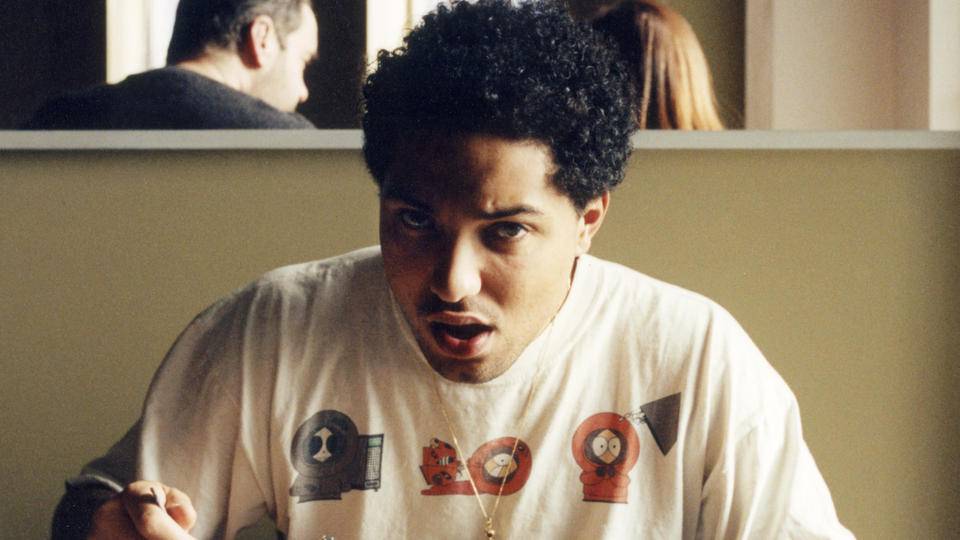10 Things You Never Knew About The Paralympics

So we’re pretty sad that the Olympics are over, cos Rio 2016 was so much fun. All the athletes were so inspiring, and the games served as a big boost to national morale – it gave us something positive to read about in the news for a change! But sadly all good things must come to an end, and we are forced to say farewell to the Olympics for another four years.
BUT there’s still something to look forward to!!!
The PARALYMPICS are yet to come (7th – 18th September), and we couldn’t be more excited. If you guys haven’t seen Channel 4’s ‘We’re The Superhumans’ campaign, we recommend watching it ASAP. Everyone featured in the video is doing the seemingly impossible for disabled people - planes are flown, racing cars are driven, basketballs are thrown, dancers twirl, and trumpets blast, all to the lyrics of the backing music that repeats the phrase, “yes I can”.
That’s how Channel 4 introduces the superhumans behind the Paralympics, who refused to be discouraged and have done the apparently impossible despite their disabilities… and it’s ridiculously impressive and inspiring!
We can’t wait to see them compete. To celebrate, here’s 10 things you didn’t know about the Paralympics.
1. What does the word 'Paralympics' actually mean?
The word ‘Paralympics’ is formed of two words. ‘Para’ is the Greek word for ‘beside’ and ‘lympics’ is obvs formed from the word ‘Olympics’. So basically the games were called the ‘Paralympics’ to show that they would run alongside the main Olympic Games, every four years.
2. Who started it?
The man with the Paralympic plan was called Dr. Ludwig Guttmann. Ludwig envisioned the whole thing, and held the original event in 1948 (three years after WW2 ended, for all you History buffs) in Stoke Mandeville, England. It was an archery competition for war veterans who were confined to wheelchairs because of spinal cord-related injuries. And it only grew from there!
3. How big is it?
The Paralympics is one of the biggest sporting events in the WORLD. The audience of the London Paralympics in 2012 outnumbered that of the 2011 Rugby World Cup by more than a million. According to the ‘Global Sports Impact’ project, the 2012 London Paralympics were surpassed only by the main Olympics that year and the 2014 Fifa World Cup as leading sporting events. SO IT’S PRETTY MASSIVE.
4. What is it's symbol?
The Paralympic symbol is made out of three crescents called Agitos (from the Latin ‘I move’- don’t u feel clever) that encircle a centre point and represent movement. This fits in perfectly with the motto of the Paralympics – “spirit in motion” – and the fact that the athletes never stop working super hard. The symbol also represents how the Games bring together athletes from all over the world! See what you’ve done there, guys. Nice.
5. Who takes part?
Originally the Paralympics were only for disabled people using wheelchairs, but this expanded at the Toronto Games in 1976 to include amputees and visually impaired athletes. 261 amputees and 187 visually impaired took part that year!
6. Is it different from other sporting events?
There are two sports that are actually EXCLUSIVE to the Paralympics; goalball and boccia. Goalball is for blind and visually impaired athletes, who compete on a court with tactile markings in teams of three, and attempt to throw a heavy ball with bells in it into the opposing team’s net. The other team has to defend the net with their bodies.
Boccia is a game that resembles bowls – teams have to roll, kick or throw balls to close to a specific target. The game is played individually, in pairs or in a group and is played by some of the most disabled athletes at the Paralympics.
7. How do blind people play sport?
Visually impaired Paralympians are at a disadvantage so, to help them, they use guides. Swimming tappers use a long stick to tap their Paralympian when they get close to the edge, in order to encourage and guide them at the end of each lap, and guide runnersrun alongside visually impaired runners,attached to their wrist. All athletes that guided Paralympics were eligible to receive a medal at the London 2012 Olympics for the first time. It’s a joint effort so it only seems fair. Running guides have to be capable of keeping up and in fact running faster than their Paralympian, as well as run in time with them and match their pace. It’s no walk in the park!
8. Who's won the most medals?
The most decorated Paralympian ever was Trischa Zorn, a US para-swimmer. She won 55 medals… 41 of which were gold!! She was added into the Visa Paralympic Hall of Fame in 2012.
9. Youngest athlete?
Joanne Rout, now called Joanne Round, was the youngest ever British gold medalist in the Paralympics, at TWELVE YEARS OLD. She won 2 gold and 3 silver medals. What were you doing when you were 12? ONE TO WATCH AT RIO: Isis Holt is set to make headlines at this year’s Paralympic Games. She’s a 14-year-old sprinter with a better CV than you, as she has 2 world records and 2 world titles to her name already. We can’t wait to see her smash it later this year!
10. Is it record breaking?
At the 2008 Bejjing Paralympics, 279 world records were broken. In London 2012, 251 world records were broken. But THIS year is apparently set to be the best Paralympics we have ever seen! The IPC (International Paralympic Committee) president Sir Philip Craven has said, “I am fully confident thatRio 2016will be the best ever in terms of athletic performance, going beyond what we saw in London four years ago."
SO get ready to see the best Paralympic performances there haveEVER BEEN come September. We’ve done our popcorn bulk-buy. WE’RE READY. Are you?





